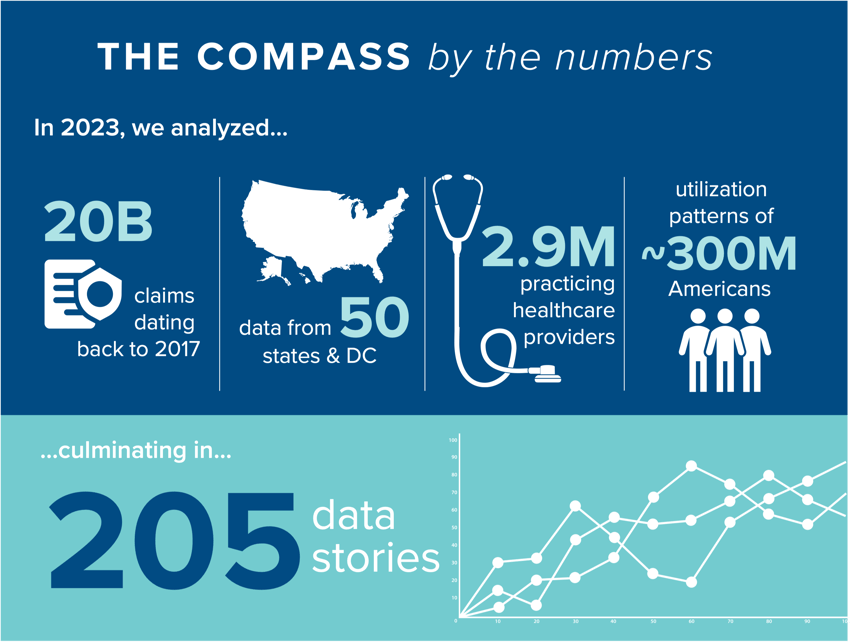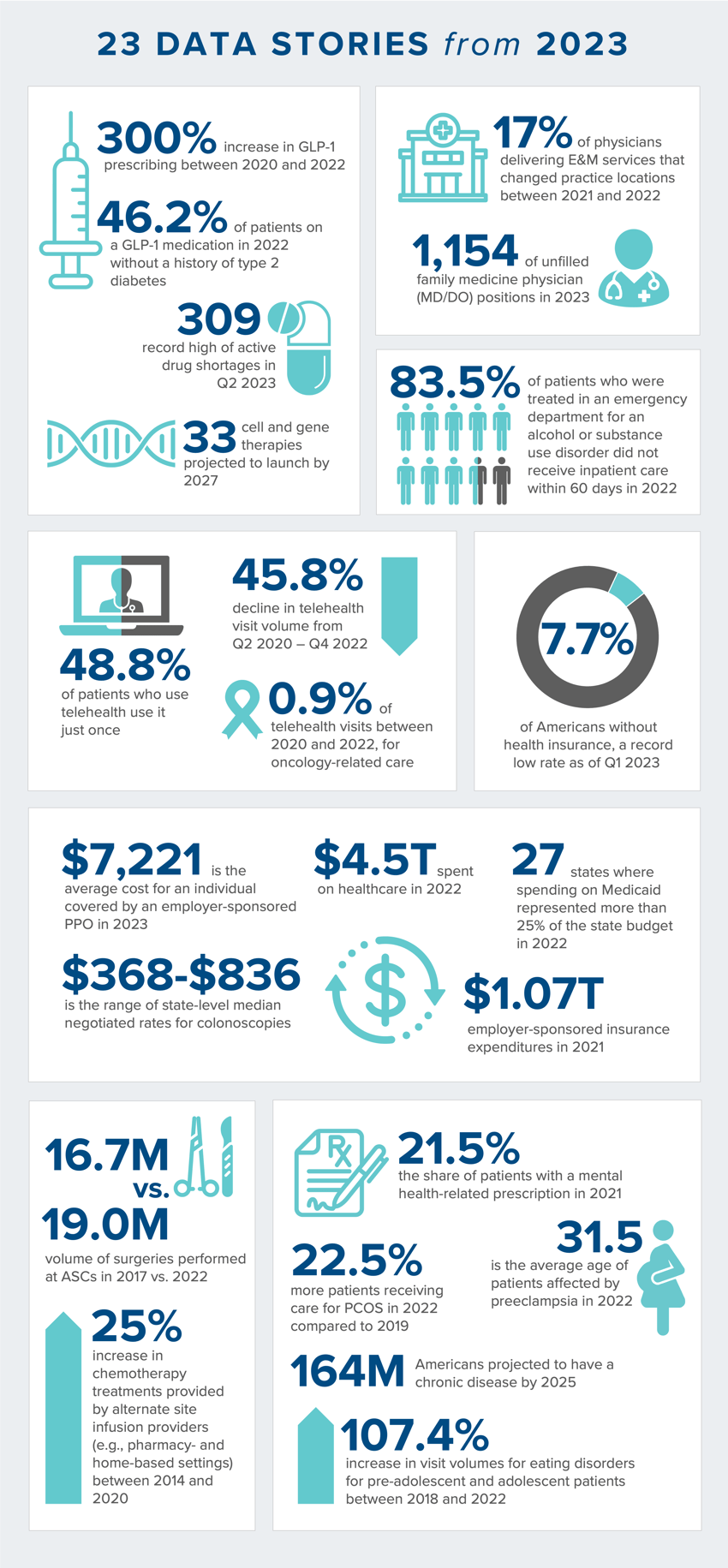The health economy creates more data than any other part of the economy, and improving the speed and quality of decision making among every healthcare stakeholder has never been more critical.
My rationale for creating The Compass over two years ago was to help health economy stakeholders synthesize seemingly unrelated – and sometimes misconstrued – data to understand their strategic and tactical implications. I wanted to create fact-based, data-driven national analyses of the trends that define the landscape and subsequent challenges for all players in the health economy.
Even though markets for healthcare goods and services deviate from what economists call the ideal market, the core principles of demand, supply and yield offer a valuable framework for examining secular trends in the health economy. The research conducted the last ~120 editions continues to reinforce the importance of these economic principles in navigating the complexity and uncertainty of the $4.5T health economy.
While my colleagues and I have only scratched the surface in studying data-driven healthcare trends, as 2023 comes to a close, I invite you to look back at the data we analyzed and their associated findings.

The health economy in 2023 was defined by several emerging and persistent trends, ranging from the rising ubiquity of GLP-1s and visibility into the market rate, to a record low uninsurance rate and a shrinking healthcare workforce. As these trends continue to unfold, reverse, or otherwise shift, there are a handful of data points that stakeholders will need to keep top of mind heading into 2024.

The new year will inevitably bring more uncertainty, although there will also be opportunities to learn more about the continuously evolving health economy. I look forward to guiding us forward with more open access data stories and premium insights via The Compass and Compass+ subscriber-only platform in 2024.
To go deeper on these data stories, explore the full catalog of research on the Compass+ platform.

